
| R. Kenny Jones1 Theresa Barton1 Xianghao Xu1 Kai Wang1 |
| Ellen Jiang1 Paul Guerrero2 Niloy J. Mitra2,3 Daniel Ritchie1 |
| 1Brown University 2Adobe Research 3University College London |

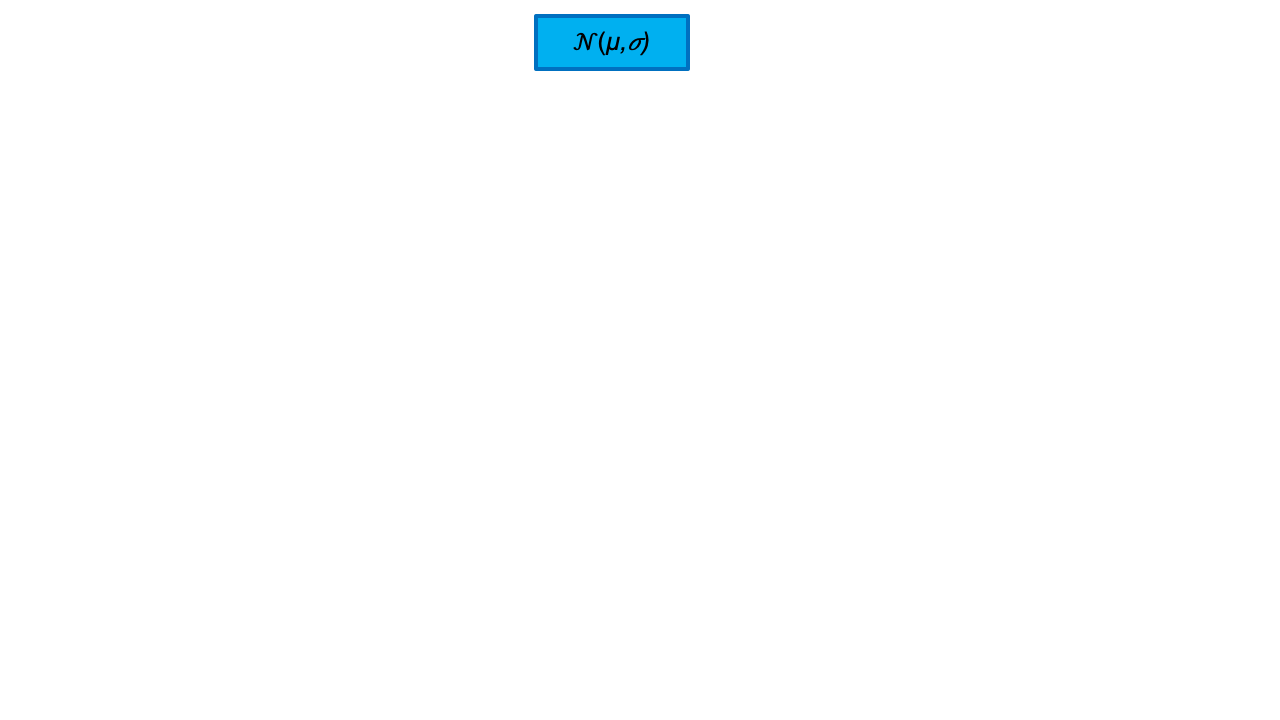
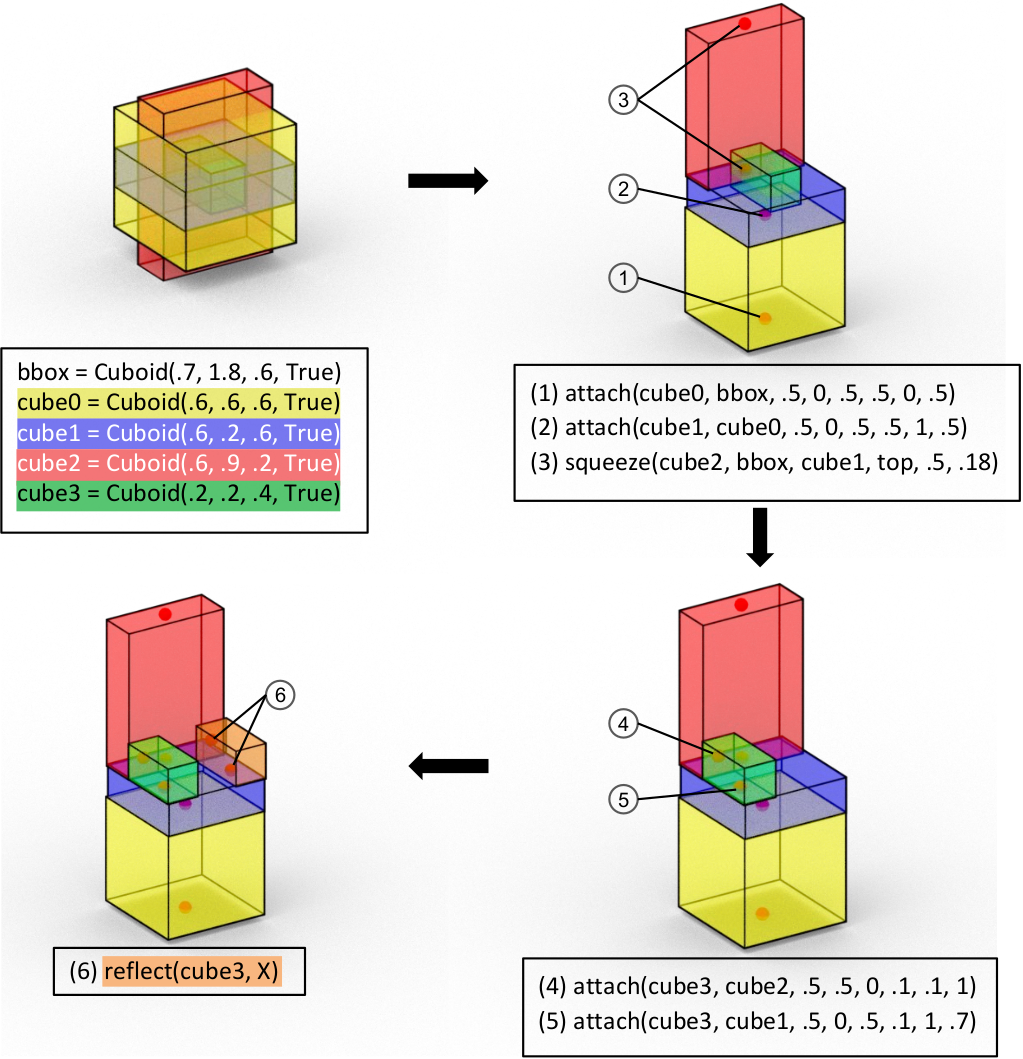
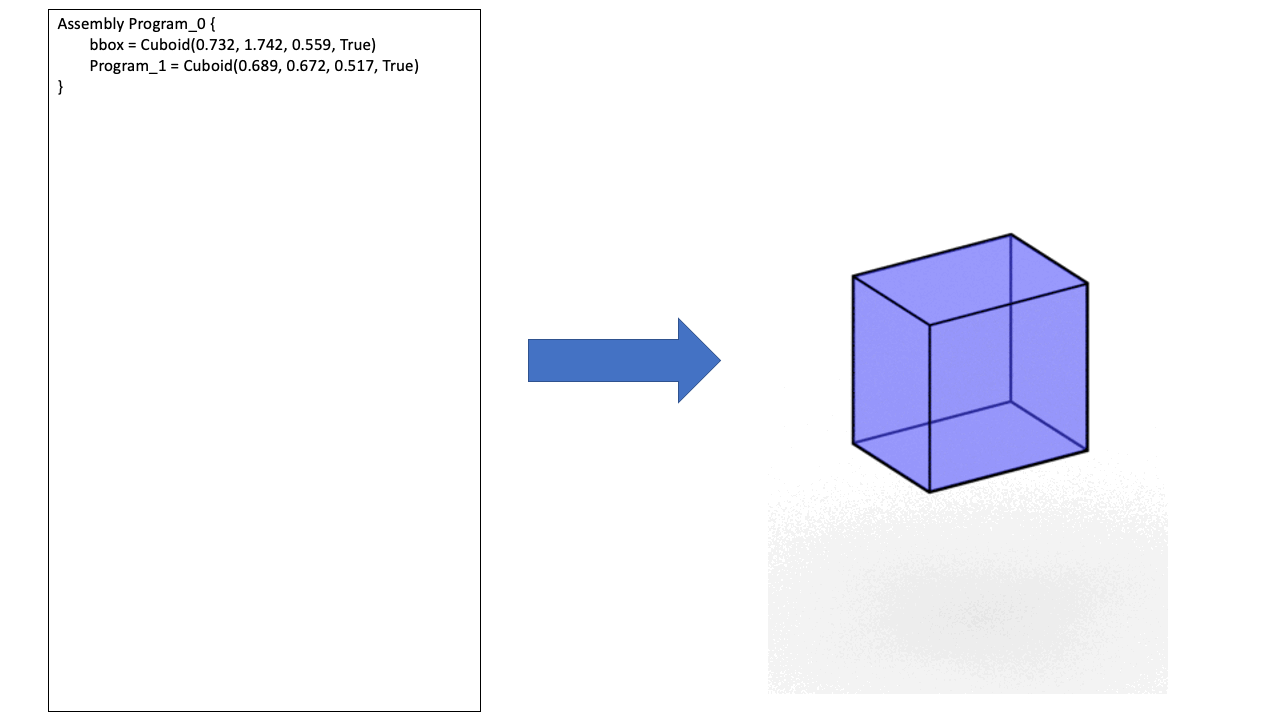


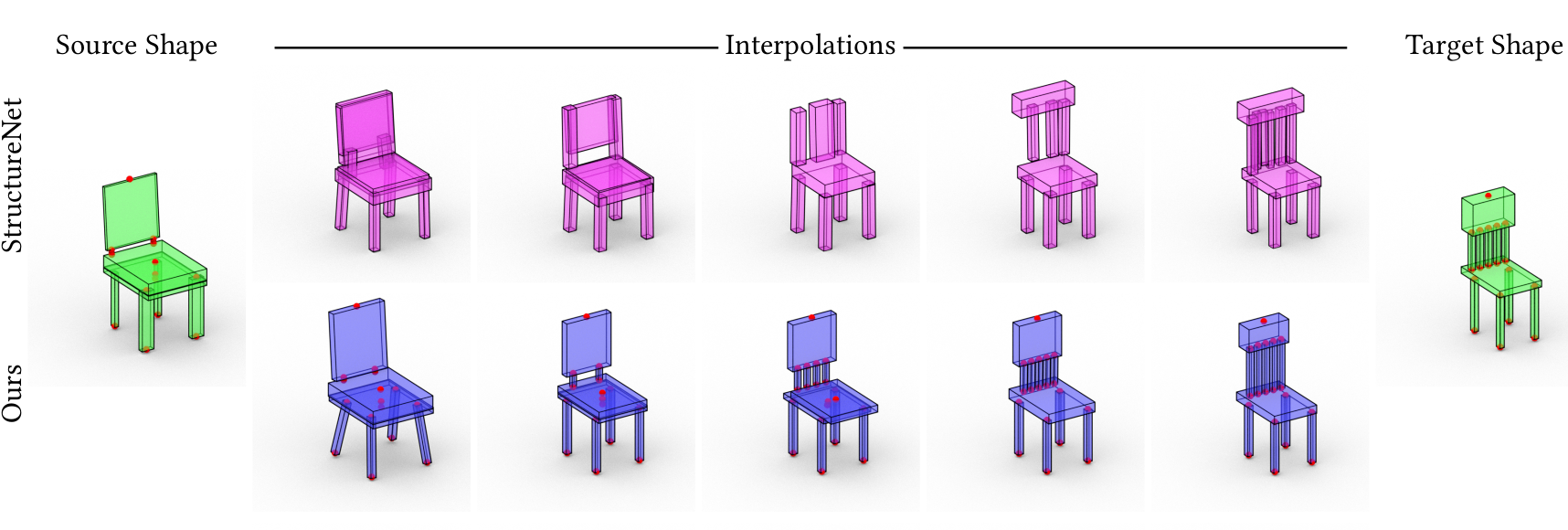



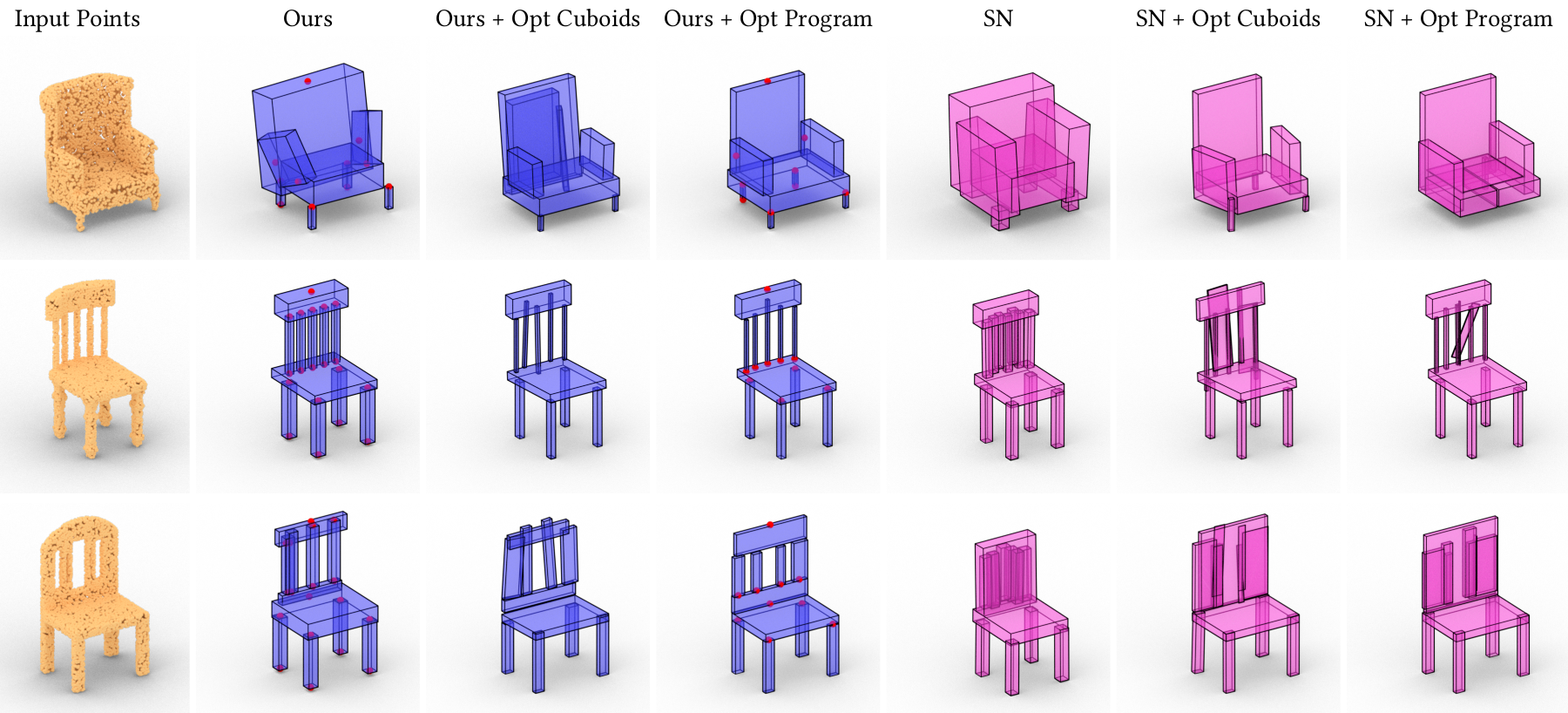
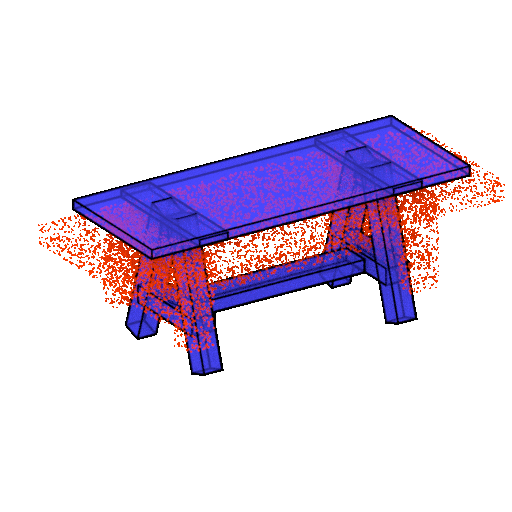
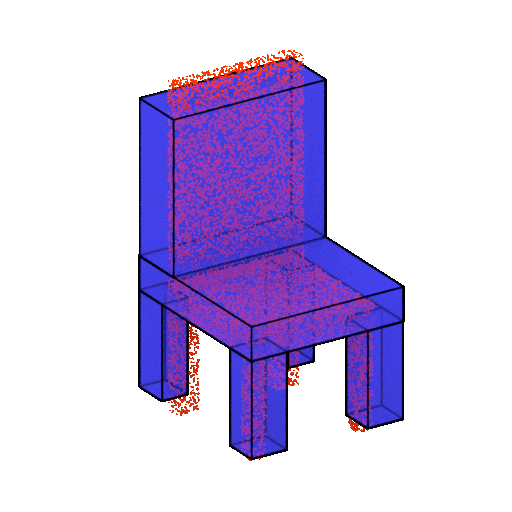
@article{jones2020shapeAssembly,
title={ShapeAssembly: Learning to Generate Programs for 3D Shape Structure Synthesis},
author={Jones, R. Kenny and Barton, Theresa and Xu, Xianghao and Wang, Kai and Jiang, Ellen and Guerrero, Paul and Mitra, Niloy J. and Ritchie, Daniel},
journal={ACM Transactions on Graphics (TOG)},
volume={39},
number={6},
year={2020},
publisher={ACM},
address = {New York, NY, USA},
articleno = {234}
}